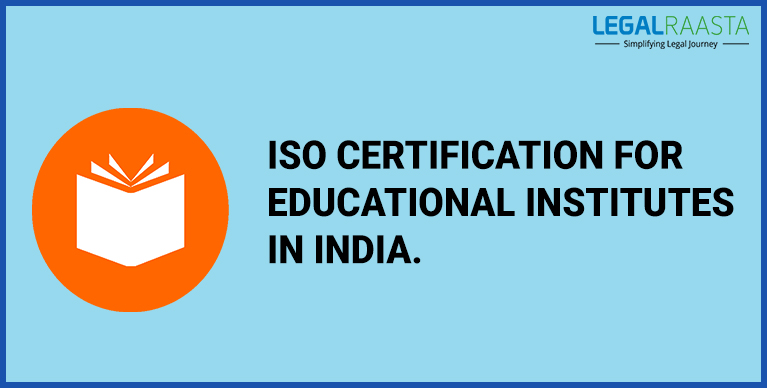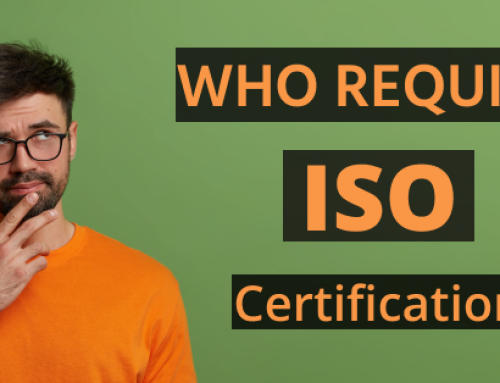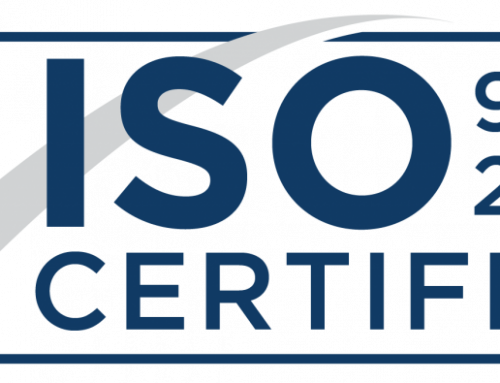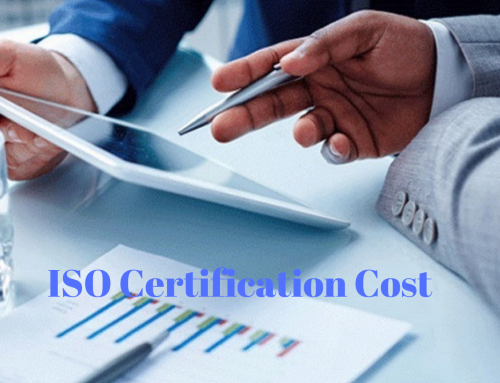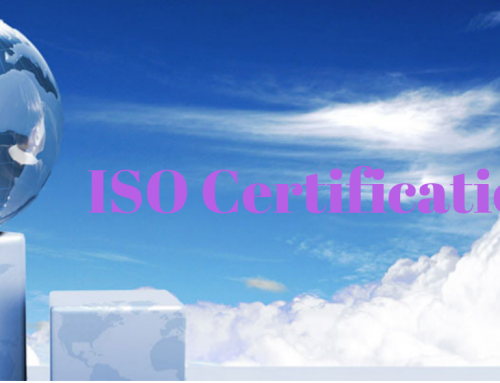- EDUCATION ABOUT STANDARDS-ISO.
ISO stands for ‘International Organisation for Standardisation’. This organization was founded on 23 February 1948. ISO brings economic, technological, and societal benefits which help to sustain the life of people. ISO also promotes the industrial and commercial practices worldwide. They coordinate with the technical specifications of products and services, making industry more efficient, effective and breaking down resistance to international trade. International Standards also contribute effectively to sustainable development, by educating manufacturers about good practices on the use of technologies and the management of processes affecting social, economic and environmental aspects of the world.
Educational institutions are increasingly recognizing these benefits and are featuring them in many fields of education. We realize the vital contribution of educational institutions in raising awareness about standardization and its benefits and are keen to support their work.
Some of the actions the ISO have taken are listed below:
- Vast storage of resources and teaching materials.
- Awards are circulated around to promote education institutions leading the way in standardization.
- Promoting and controlling co-ordination between the standards bodies and education institutions in developing countries.
- Beneficiation to postgraduate courses.
2) Why should we implement these standards with education?
The training and education system in the world is losing much of its special status and is being regarded as an “ordinary” economic sector. To protect these degrading practices of education we implement some educational standards according to the ISO. The schools, universities and training providers are increasingly expected to perform at the best level, behave professionally, and provide quality services throughout. Two important trends that can be observed are:
- External demands from governments, students, and employers on the education and training systems are increasing; this puts pressure on the distribution of resources and the efficiency of the organization.
- The continuing education and training sector is becoming a more cultivated and “well-established” economic sector, apace with many other service sectors.
Such trends clearly suggest that the education and training paradigms are changing to demand-led learning from supply-driven teaching. Many educators are not satisfied with such improvements, they will be imminent. Clearly, similar customer-driven trends are witnessed in other areas, such as public services.
Keeping this in mind, implementation of ISO 9001 seems to be the next logical step in gaining a competitive advantage in the world against competitors. ISO 9001 improves the quality of education and training centers.
- Customer completes an ISO 9001 application via The Web, phone, or e-mail with a sales engineer. The customer then signs three-year quotations and returns it to the PRI Registrar office. Then the sales engineer schedules your initial assessment.
- An auditor will then be allocated, taking various consideration factors such as geographic location, industry knowledge, and scope experience.
- All Registrar customers are assigned a client manager. The personal client manager will contact you within a week of your signing the agreement. Client managers will assist you with the audit coordination throughout the certification process.
- Nearly 45 days prior to the audit, a member of the PRI Registrar team will alert the customer to print and make available to the auditor all required documents.
- Nearly 30 days prior to the audit, the auditor will forward a copy of the audit plan to the customer. The audit is performed likewise to the audit plan.
- At the completion of the audit, the auditor generates an audit report identifying any non-conformances (NCR) to the ISO standards. The reports and NCRs are entered into the PRI Registrar’s online EQM system. The customer works with the auditor to resolve any NCRs using the online EQM system.
- The audit documentation is then checked by a third party expert for approval.
- Once the expert approves the closure of NCRs, the certificate of registration is issued and sent to the client. The auditor works with the customer to set up subsequent surveillance audits to ensure adherence to the ISO 9001.

